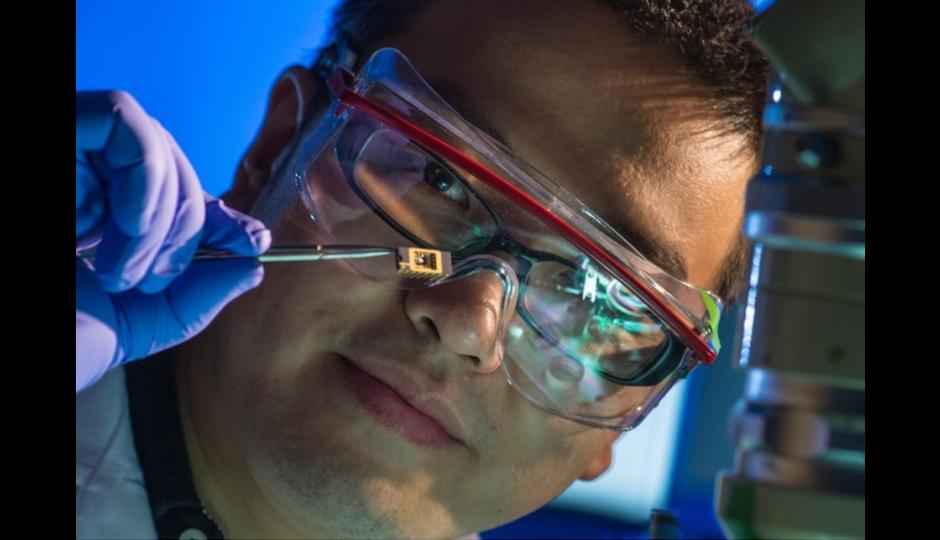New material may help develop super slim imaging devices
Researchers develop new atomically thin material that could lead to super thin imaging devices.

Researchers from the Rice University have developed an atomically thin material that may result in the production of the thinnest-ever imaging device.
 Survey
SurveyAccording to the team of researchers, the synthetic two-dimensional materials is based on metal chalcogenide compounds that could be the basis for super thin devices.
Sidong Lei, a graduate student in the Rice lab of materials scientist Pulickel Ajayan, synthesized CIS, used a single-layer matrix of copper, indium and selenium atoms. Lei stated that the optoelectronic memory material could be an important component in two-dimensional electronics that capture images. The new material is transparent, so a CIS-based scanner could use light from one side to illuminate the image on the other for capture.
For experiments, Lei and colleagues grew synthetic CIS crystals, used single-layer sheets from the crystals and then tested the layers ability to capture light. The prototype CCD, or charge coupled device could be used in digital cameras and video cameras to record still and moving images.
"Traditional CCDs are thick and rigid, and it would not make sense to combine them with 2-D elements. CIS-based CCDs would be ultrathin, transparenCopyt and flexible, and are the missing piece for things like 2-D imaging devices," Lei said.
Lei says that CIS combined with other 2-D electronics in tiny bio-imaging devices that monitor real-time conditions could be used in medical applications.
Robert Vajtai, a senior faculty fellow in Rice's Department of Materials Science and NanoEngineering stated that CIS pixels are highly sensitive to light because the trapped electrons dissipate very slowly.
"There are many two-dimensional materials that can sense light, but none are as efficient as this material," said Robert Vajtai, a senior faculty fellow. "This material is 10 times more efficient than the best we have seen before," Vajtai added.
The research is published in the American Chemical Society journal Niño Letters. Also read: Researchers invent high rise 3D chips
Source: ACS publications
Silky Malhotra
Silky Malhotra loves learning about new technology, gadgets, and more. When she isn’t writing, she is usually found reading, watching Netflix, gardening, travelling, or trying out new cuisines. View Full Profile